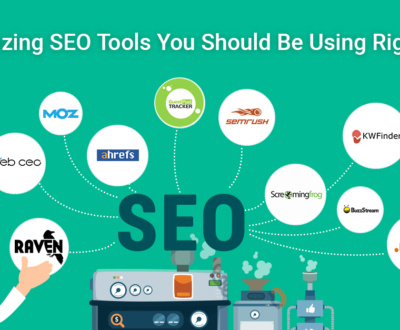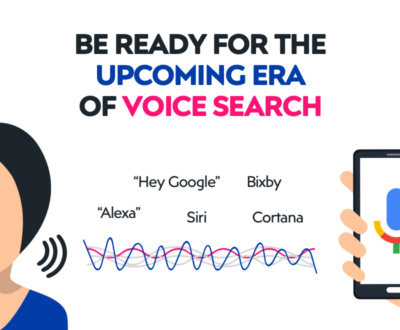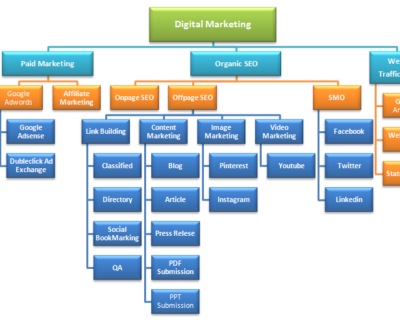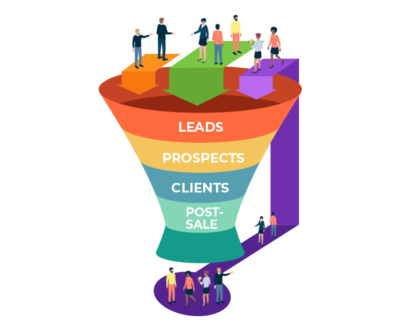All In and Outs of Google’s Performance Max Campaigns
- July 15, 2022
- Digital Marketing, Google Ads, Lead Generation, Marketing, Physical Marketing, SEO, Traditional Marketing
We’ve collected everything we know about Google Performance Max campaigns: what it is, how it’s different, and the first performance results!
When Google announced that the Performance Max campaign would be getting a wider launch, many questions arose about what Performance Max is, how it compares to other campaigns, and how it’s done. The purpose of this post is to answer frequently asked questions and help advertisers prepare.
What is Performance Max Campaign?
The main difference between Performance Max and other campaigns is that Google automates the targeting and display of the campaign based on the information provided by the advertiser.
Performance Max is an automated campaign type, similar to (but slightly different from) a smart campaign. Google will automate ad creation, but only based on certain features, similar to how responsive display ads work.

You may also find some similarities between peak performance and social campaigns in that they run on multiple placements with dynamic ad formats and the fact that audience performance insights and placements are limited. .
What network does Performance Max run on?
Peak performance campaigns should run across Google’s entire inventory, which is very different from other types of Google campaigns. Peak performance campaigns can show all placements filled by search, display, YouTube, Gmail, and discovery campaigns. What options and controls do I have with Performance Max?
Budget and quotes
You set a budget and choose how your bidding strategy will work. Note that bid strategy options include Max Conversions and Max Value, but you can also set Max CPA as your Target Value / Conversion, allowing you to use the Target CPA and Target ROAS strategies. Location, language, ad scheduling
Then you choose your seats. Google Ads Editor doesn’t currently support maximum performance, so setting up targeting is more tedious than most campaigns. If multiple locations are listed, you can select “enter another location” which will expand to an empty location and an “advanced search” link. Click the “Advanced Search” link to get the option to import multiple locations. You can choose languages, ad schedule and campaign launch dates. Advanced URL options
URL options are important. By default, Google will define its own definitive URLs unless you disable this option. If you allow Google to send traffic to any links it sees fit, you have the option to exclude those links as well.
“Asset Groups” AKA Ads settings
You will then be prompted to create an “asset group” that will be effective for ads, similar to a responsive content asset. This “asset group” is called an asset group because it acts as an asset on all platforms. Advertisers can create multiple “asset groups”.
Auto-Target Notification
Each campaign has only one set of goals (so no ad groups). You can select an audience to help explain who Google should be targeting. Google says, “Your ads will automatically show to people who are likely to convert for your purposes. You can speed up optimization by signaling to the public.” This means that your ad campaign cannot be shown only to the public. Instead, Google looks at the audience you provide for signals. They will use this data to identify the same consumers who are likely to exhibit the same behavior and interests.
Configure ad extensions
Finally, you add your accessories. You can use existing account-level sitelink extensions or select and create specific sitelinks for maximum performing campaigns. Campaign will suggest extension formats based on your goals. For example, if your primary goal is to generate a lead, the campaign suggests creating a lead form extension. You can also add structured snippets, price extensions, promotion extensions, callouts, and call extensions.
What do Performance Max reports contain?
Performance reports were marked as missing. Google Marketing Livestream announced that it has received feedback from advertisers regarding reporting transparency and that Google will take steps to improve the transparency of Google Max campaigns. It’s not clear what the future holds, so I’ll share my experience with reporting in the current format.
Reporting in its current form is limited. Advertisers can report on campaign performance in general, just like any other campaign. Interference where it loses transparency.
First, things you can do:
- Advertisers can report the highest level of campaign performance
- Advertisers can report on site performance (and if they are advertising in a chain, the store report will be used based on the site extension)
- Advertisers can report performance by hour of day, day of week, and day and time combined.
Now for the things you can’t report.
Although you can add multiple asset groups (ads), it is not possible to report the performance of an asset group. For example, you can now report performance through a responsive display ad, but you can’t meaningfully break that performance down by item. With Performance Max, you cannot take the first step to reduce performance per asset group (ad). No destination information was provided either. Keep in mind that the targeting parameters listed serve as indicators to identify other potential consumers in the market, so the given target groups may not be used as targets, but serve as a means of identifying qualifications and indicators to help find other likely prospects. . At the end of the day, there’s no way to know who saw your ad – no audience insights, no keyword insights, no demographic insights, and so on. It also means that it is not possible to add exceptions for these items.
Advertisers cannot report device performance or perform exclusions. Since I’m not connected to the product source, I can’t comment on product-level performance reporting.
How is Performance Max Campaign doing?
Let me say that I am one of the beta testers for Performance Max, so I will share some insights from my own experience. Kilometers may vary.
In my experience, peak performance campaigns maintain a 21.4% lower CPL than our non-branded search campaigns, which is fully offset by undefined budgets. The CPL is also about 22% lower than shown, which is probably very good for this particular account. With Performance Max, we’ve finally increased their total number of conversations per month by about 5%, and that’s with limited budgets, so there’s not much room for growth.
It doesn’t seem to be cannibalizing search, but the Performance Max or Display campaigns aren’t maximized, so I don’t have a good idea of how inventory transfers between the two channels.
I can qualify the results by saying that this is an account that brings a lot of numbers. Automation is very good here, probably because of the amount of data that goes into it. However, the performance looked positive in the end.
Because this account takes longer to close leads, we’ll wait to see how the lead quality compares to other channels.
Tags:
Performance Max campaigns, Performance Max of google ads campaign, Performance Max of google ads, Performance Max of google ads, Performance Max of google ads campaign google ads, Performance Max, Performance Max of google, Performance Max campaign, Performance Max campaign of google, Performance Max strategy , google ads maximum performance campaign, Performance Max tutorial, Performance Max guide, google maximum performance campaign, google maximum performance campaign
- google ads maximum performance campaign, google maximum performance campaign, Performance Max, Performance Max campaign, Performance Max campaign of google, Performance Max campaigns, Performance Max guide, Performance Max of google, Performance Max of google ads, Performance Max of google ads campaign, Performance Max of google ads campaign google ads, Performance Max strategy, Performance Max tutorial
About us and this blog
We are a digital marketing company with a focus on helping our customers achieve great results across several key areas.
Request a free quote
We offer professional SEO services that help websites increase their organic search score drastically in order to compete for the highest rankings even when it comes to highly competitive keywords.
Subscribe to our newsletter!
More from our blog
See all postsRecent Posts
- What are Web Stories and their importance? July 30, 2022
- What are Paid Ads and Advantages of Paid Ads? July 29, 2022
- How Web 2.0 is Different from the Web 3.0? July 28, 2022















